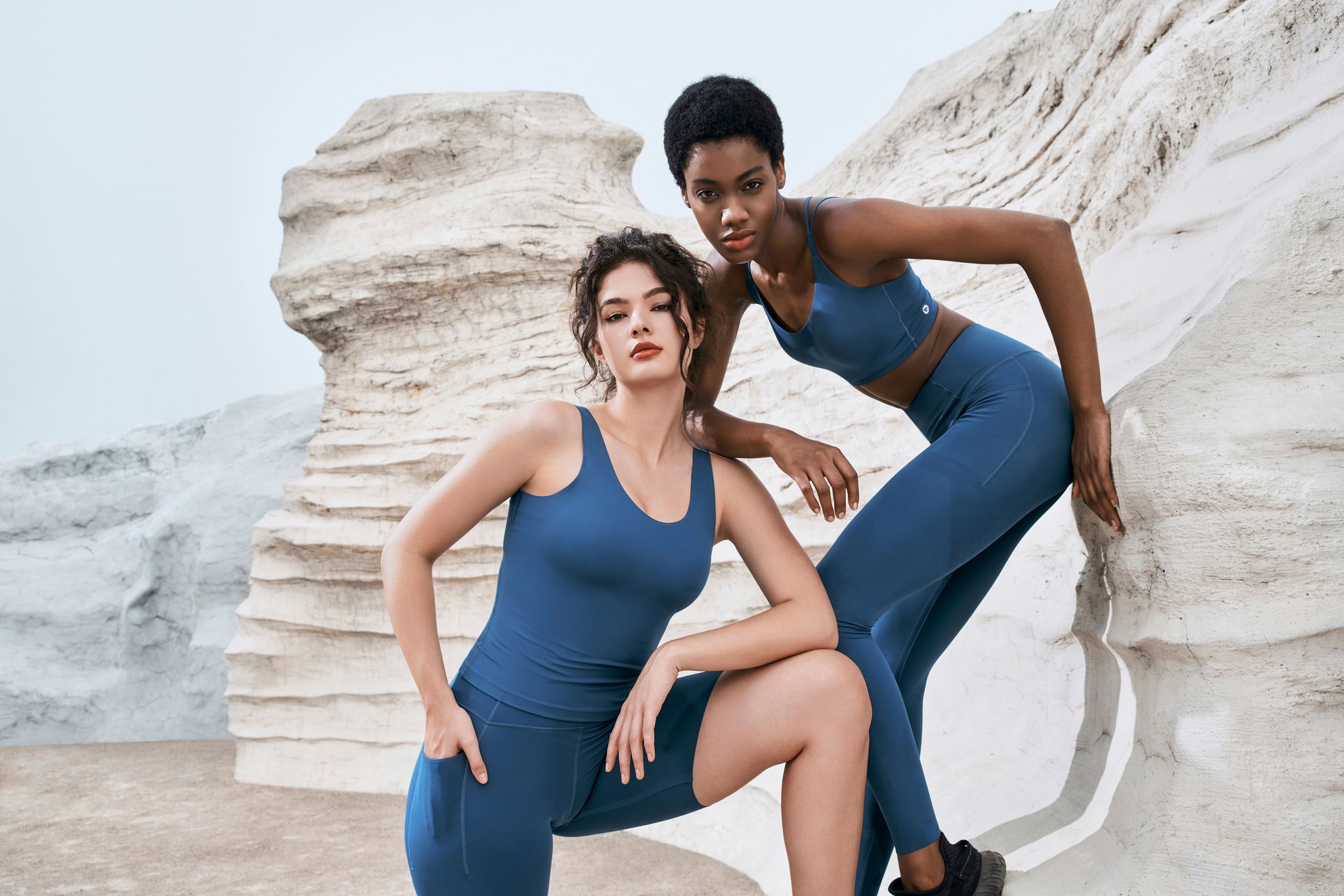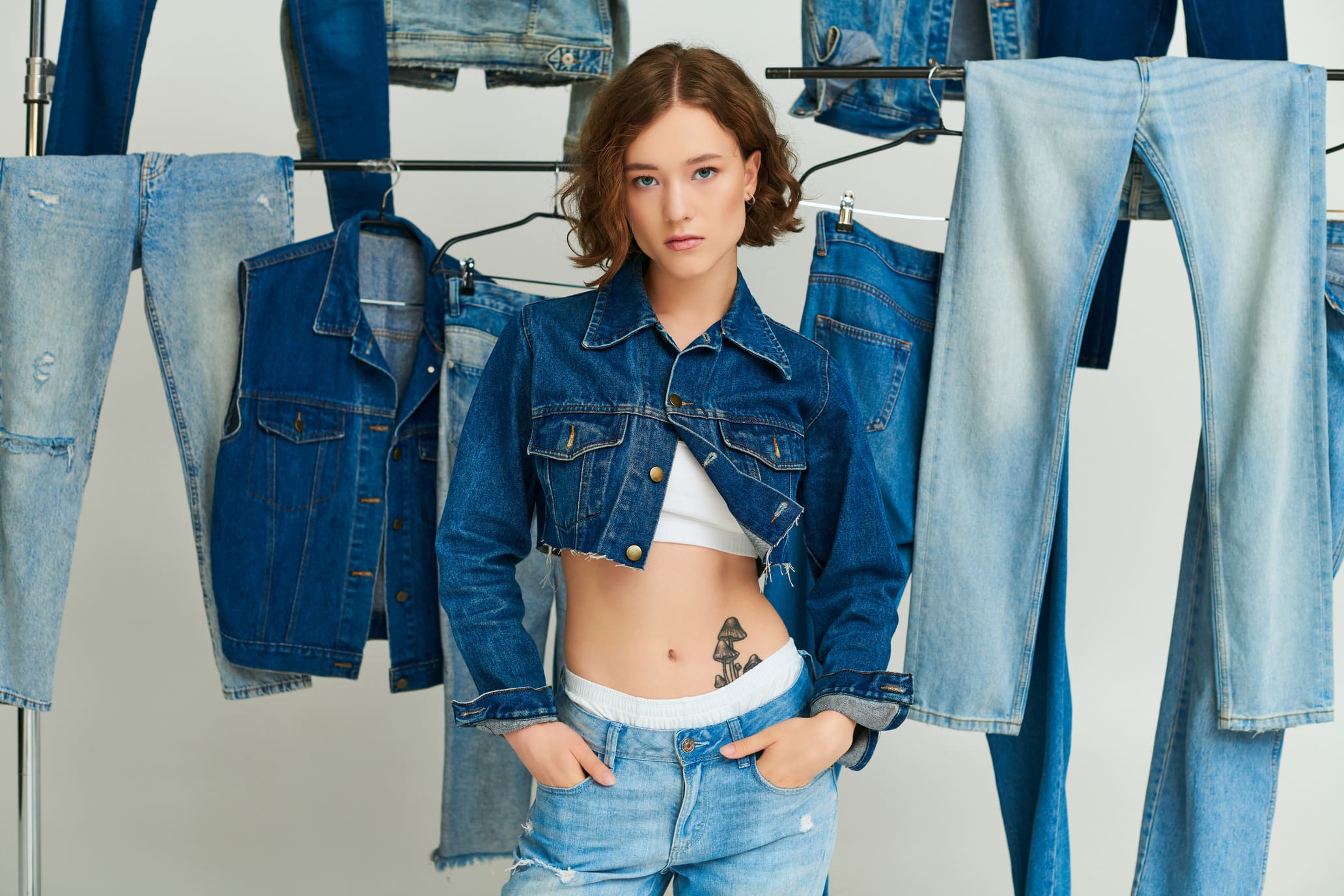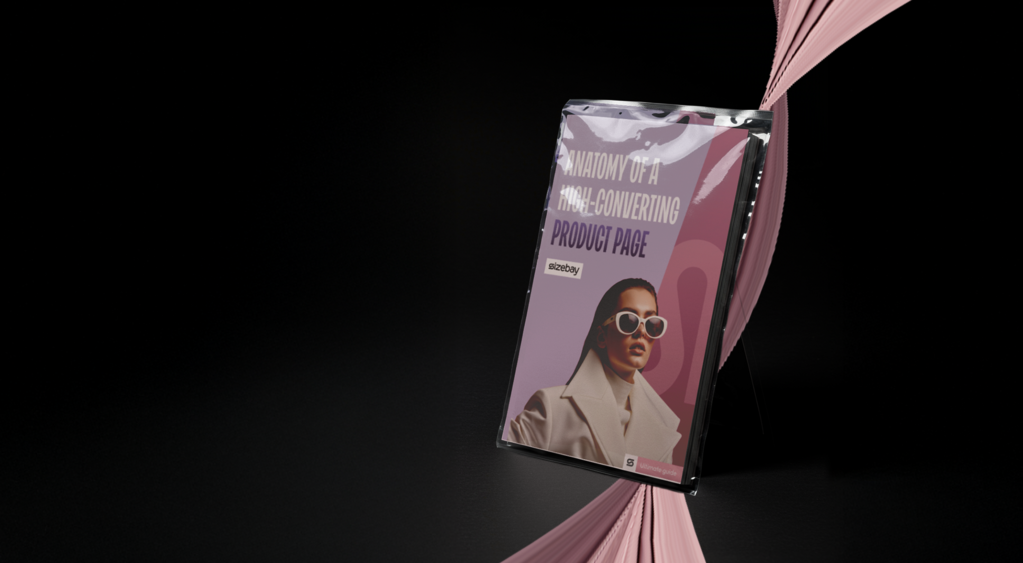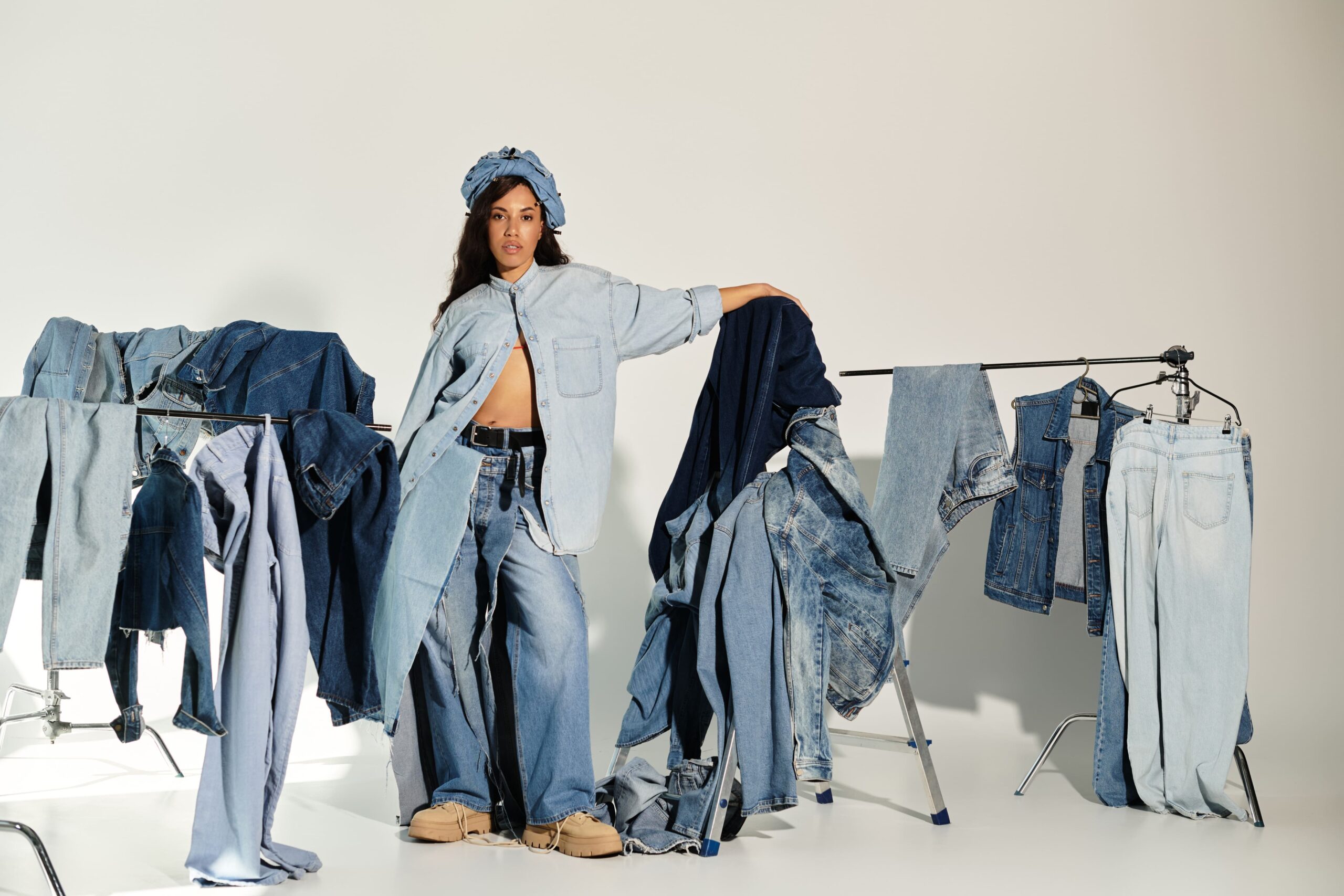November 2023
How to increase sales in a fashion e-commerce with a virtual fitting room
Ester Bazzanella

You may have heard about the Virtual Fitting Room and what this technology does, but is it clear to you how it is able to increase sales in fashion e-commerce or even physical stores?
In this post, you will better understand some essential triggers for the purchase decision and how the VFR interacts with them to stimulate the fulfillment of transactions.
CHANGES THAT THE PANDEMIC BROUGHT TO FASHION RETAIL
The pandemic brought many changes in people’s lives, including the relationship between brands and consumers.
One of the most affected categories at the moment was brick and mortar. Necessary measures to control the spread of the virus, such as lockdowns, restrictions on the entry of people into establishments, the closing of fitting rooms, etc., are adopted worldwide and have adverse consequences for stores, especially small ones.
To avoid maximum losses, some initiatives can be taken by stores in an effort to keep sales going, such as implementing tools that bring more security to shoppers in brick and mortar.
If you have doubts about how brick and mortar can rethink at this moment, we give you an idea. In a document published by Deloitte called “Post-COVID Strategies for Retailers: Reopening Stores”, the consulting starts by suggesting questions that the shopkeeper can answer to take action in relation to the moment. We highlight some of them, such as:
1 – Regarding the Consumer: What are your expectations, needs, behaviors, and priorities in this new environment?
2 – Regarding the Brand: What is the purpose of your business, and how can you better serve customers?
This post brings more important provocations, but these two already raise the essence of this new moment. They show us the advantages that exist for businesses that are able to respond to the needs of consumers in a manner aligned with the purpose of the brand.
But how does this movement of physical stores impact e-commerce? Find out below!
HOW DOES THE PANDEMIC INFLUENCE FASHION E-COMMERCE?
The pandemic scenario, among consumers, ends up stimulating a trend that cannot be ignored, and promises to last:
THE PREFERENCE FOR ONLINE SHOPPING OVER TO BRICK AND MORTAR.
This change in the behavior of an important share of consumers can be seen in the results of the survey released by UNCTAD and Netcomm Suisse eCommerce Association, which reveals that online sales grew by 6 to 10% between some categories, comparing the results from 2019 to 2020.
The same survey indicates that, although there was an increase in purchases, there was also a reduction in the average ticket spent on each purchase. This, indeed, is a reflection of the moment and the uncertainty that follows it.
THE MORE CUSTOMERS SHOP ONLINE, THE MORE IMPORTANT THE SHOPPING EXPERIENCE BECOMES
More people buying online also means more competition between brands. In this way, elements that previously could go unnoticed, such as reducing doubts that make it difficult to convert sales, become more urgent if we want to increase sales in fashion e-commerce.
And this should not be seen as a race to reach the competition but as a competitive advantage that can bring better results from better shopping experiences.
This is where the challenge of most e-commerce, formulated by the question “how to improve the shopping experience that I offer?” Is dealt with by implementing the Virtual Fitting Room.
If this is still unclear to you, here are the main points that speak in favor of implementing this tool in your store, whether physical or virtual. Keep on reading!
WHY SHOULD YOU HAVE A VIRTUAL FITTING ROOM IN YOUR FASHION E-COMMERCE?
1. FEWER EXCHANGES AND RETURNS
Every reverse logistics is very expensive, especially depending on the cost of transportation in the reference country. In addition, it costs not only money but also the time and work of the logistics teams.
On the client-side, starting a slow exchange or return process is also not one of the most pleasant things, and most of the time it is exhausting.
With the implementation of a VFR, we preserve the shopping experience and reduce the doubts that generate the majority of exchanges motivated by size.
2. BIGGER AOV AND MORE PURCHASES PER SESSION
Size is one of the biggest questions for those who buy clothes online. And not without reason, there is no consensus in the market on what standard sizes exist.
An investigation by Racked magazine found several discrepancies in sizes between different manufacturers. In the survey, for example, a pair of jeans size 8 from Uniqlo was more than 5 centimeters larger at the waist than a size 8 from Gap.
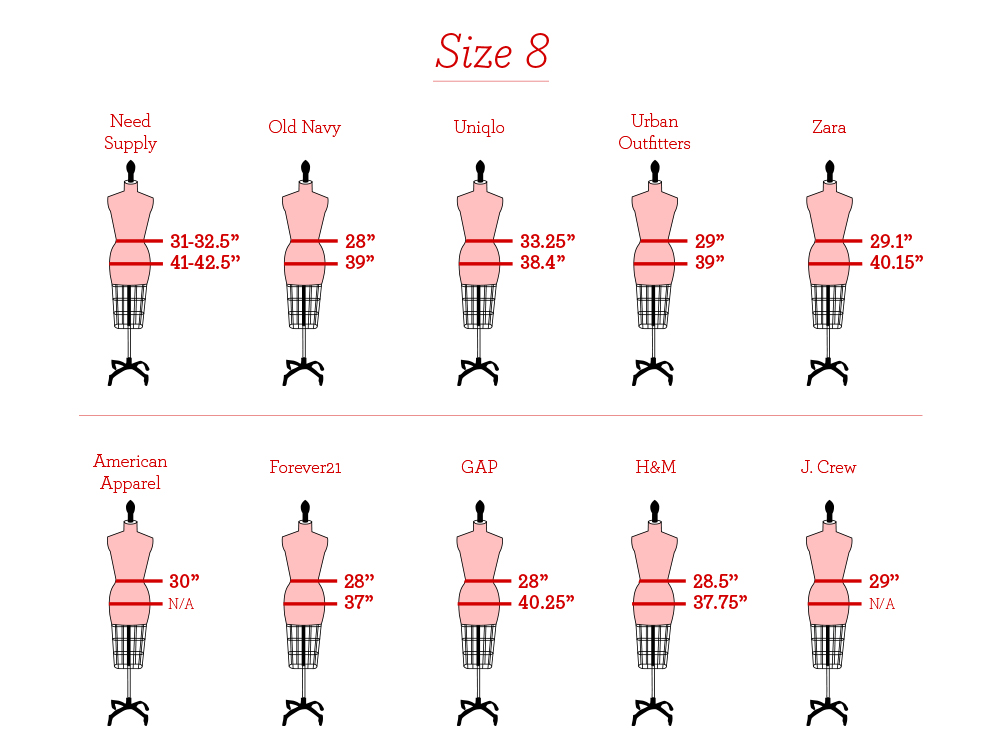
In this scenario, the VFR offers a security trigger over different sizes that is able to improve the main e-commerce KPIs. See, for example, the 42.8% growth in the AOV for Vila Romana e-commerce.
When the customer perceives a guarantee that he will be able to buy all the parts he wants with less risk of going through a tiring exchange process, it is expected that not only the AOV of the purchase grows, but the number of articles per order also increases.
3. INVESTMENT IN CX
The VFR not only reduces doubts with exchanges and returns, but it offers a personalized recommendation experience.
The algorithm used in the tool is able to estimate very precisely more than 7 body measurements of the customer from data such as weight, height, and age, allowing the consumer to choose which level of comfort they prefer for an article.
Regardless of the consumer’s taste, if they prefer shorter, custom-made, or baggy clothes, the VFR allows them to see the fit of each outfit on their body.
This affective memory is an essential ingredient for building brand satisfaction. Incredibly important for new purchases.
4. VFR MAINTAINS GOOD PERFORMANCE EVEN WITH DECLINES IN SALES
Anyone who works in e-commerce knows that fluctuation in sales is a factor that is always present in the market, mainly when we do not operate in a brand with a strong investment in media.
In this way, most e-commerces will go through different revenue-related challenges.
In more than 300 e-commerces in which the VFR is implemented, even in periods of greater seasonality where sales tend to decrease, sessions using the VFR tend to have a good volume of articles per purchase and a higher Average Order Value.
The explanation for this is probably distributed amongst the previous reasons, and it is another factor that points to the relevance of the VFR and its impact on the e-commerce results.
And you, are you in time to improve the results of your e-commerce?
